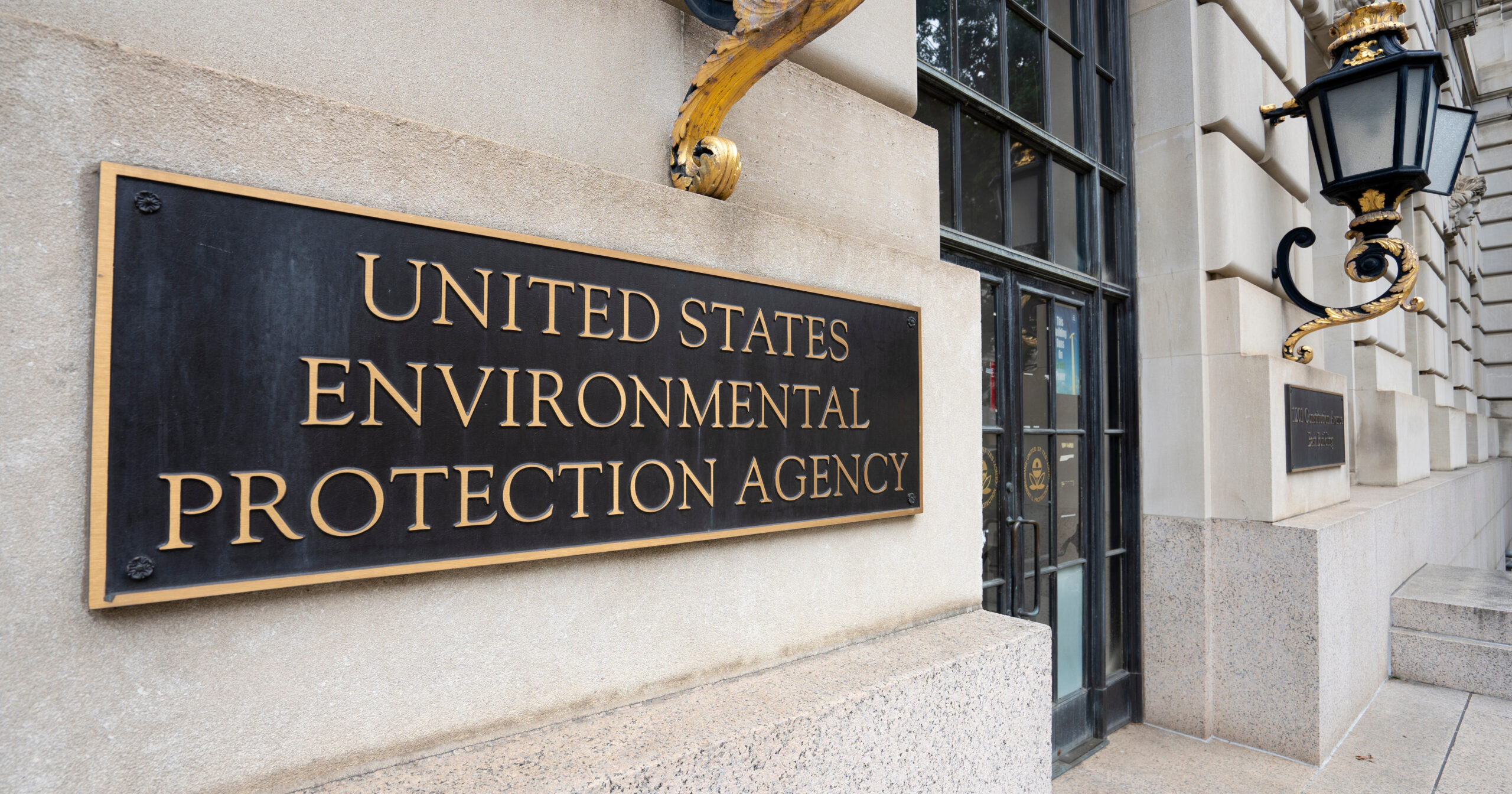Perfluoroalkyl and polyfluoroalkyl substances (PFAS) are part of a very broad chemical group that have found their way into commercial and industrial use due to their unique chemical properties that repel oil and water and resist temperature, chemicals, and fire. This means PFAS are everywhere. As a contaminant resistant to degradation and requiring substantial remediation, PFAS are currently the subject of increased scrutiny by environmental regulators, private party plaintiffs, manufacturers, and the insurance industry.
On March 14, 2023, it was announced that the Biden-Harris Administration will be proposing the first-ever national standards for six (6) per- and polyfluoroalkyl substances (PFAS) or “forever chemicals”. In addition, the U.S. Environmental Protection Agency (EPA) Office of Enforcement and Compliance (OECA) held its first of two public listening sessions to obtain general comments about their proposed plans for enforcement of PFAS under the Comprehensive Environmental Response Compensation and Liability Act (CERCLA) and the financial obligations for responsible parties of PFAS contamination to further their development of a CERCLA PFAS enforcement discretion policy. Both actions build on President Biden’s PFAS pollution action plan and the EPA’s PFAS Strategic Roadmap, which were started over two years ago with the objectives of controlling and addressing PFAS pollution and holding PFAS polluters accountable to safeguarding public health and advancing environmental justice.
While progress is being made, additional questions arise on the future of PFAS regulation implementation and the potential financial obligations and risks to municipalities and other sectors. For instance, we do not have a clear understanding of who will be held responsible for funding the cleanup of PFAS contamination via the aqueous film forming foam (AFFF), a.k.a. firefighting foam, releases at many airports and fire departments, since the EPA is proposing to exempt these entities.
HISTORICAL COMMERCIAL GENERAL LIABILITY INSURANCE SHOULD BE LOCATED AND TENDERED TO PAY FOR PFAS INVESTIGATION, CLEANUP, REMEDIATION, AND LEGAL DEFENSE
Those who used or interacted with PFAS during their business operations and/or property ownership can face a variety of exposures due to PFAS – including product liability, bodily injury, and environmental cleanup claims. Policyholders should be ready to find and use their commercial general liability (CGL) policies written prior to 1986 to pay for the investigation, remediation, and legal defense of PFAS.
There are three reasons older CGL policies can protect business and property owners against claims for property damage and bodily injury:
1. Older CGL policies typically apply to an “occurrence” rather than “claims-made basis”, which means the policies in place when there was property damage during the policy period should continue to apply, even if the liability does not appear until decades later. So, as it relates to PFAS that have allegedly been in the soil, groundwater, or otherwise since the 1960s, 1970s, or 1980s, CGL policies from those years can pay for environmental investigation, cleanup, and legal defense.
2. Older CGL policies, issued prior to 1986, did not include the absolute pollution exclusion. This means older CGL policies can cover long-tail claims (including PFAS), such as environmental, investigation, cleanup, and legal counsel fees.
3. Applicable CGL insurance policies never expire. PFAS claims don’t change this fact.
If you feel that you or your business may gain liability from the formal regulation of PFAS chemicals as hazardous substances, contact PolicyFind as soon as possible to get your historical CGL portfolio in order.
PolicyFind is watching the development of insurance coverage related matters regarding PFAS very closely, not only for bodily injury claims but also for property damage claims related to the investigation and cleanup of subsurface contamination. Significant developments will be shared in future blog posts. For questions or more information, please contact us.

